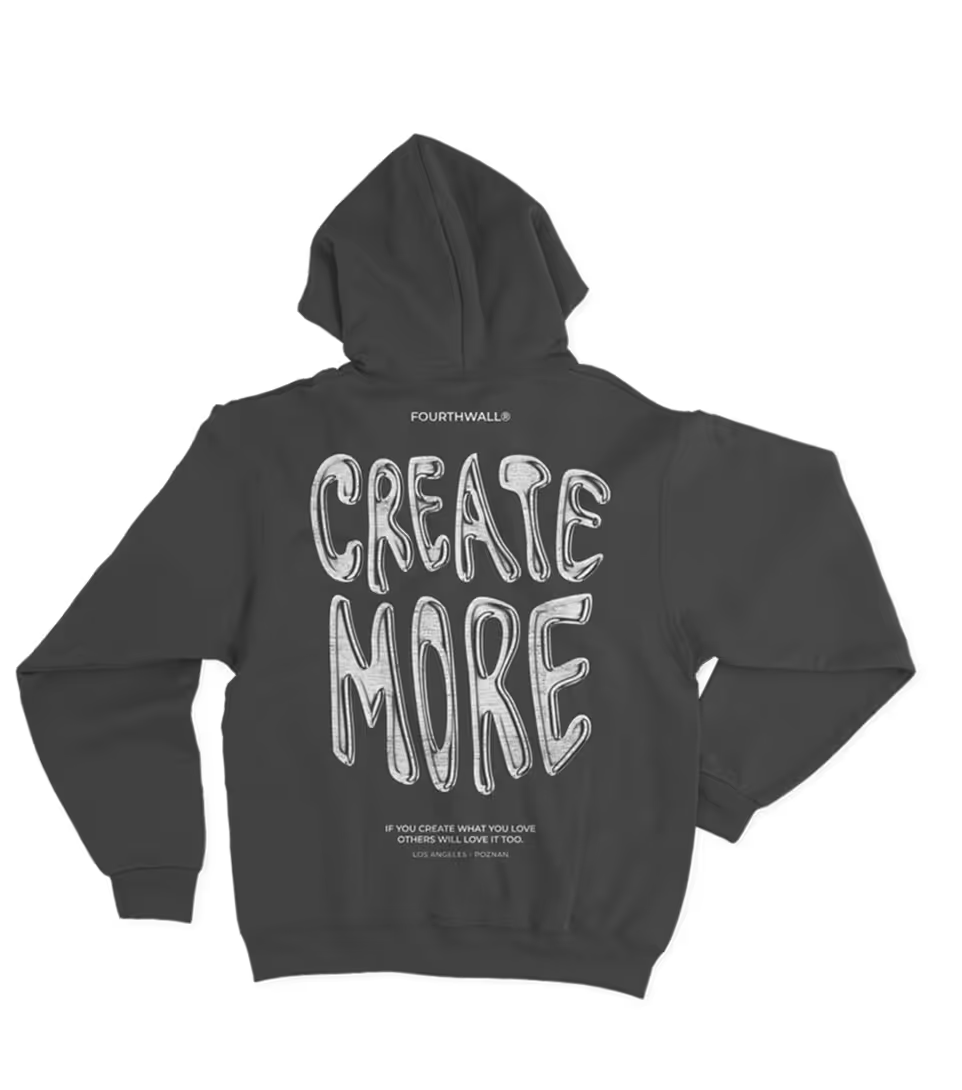How to Digitally Market Your Business: Top Marketing Tips for Creators
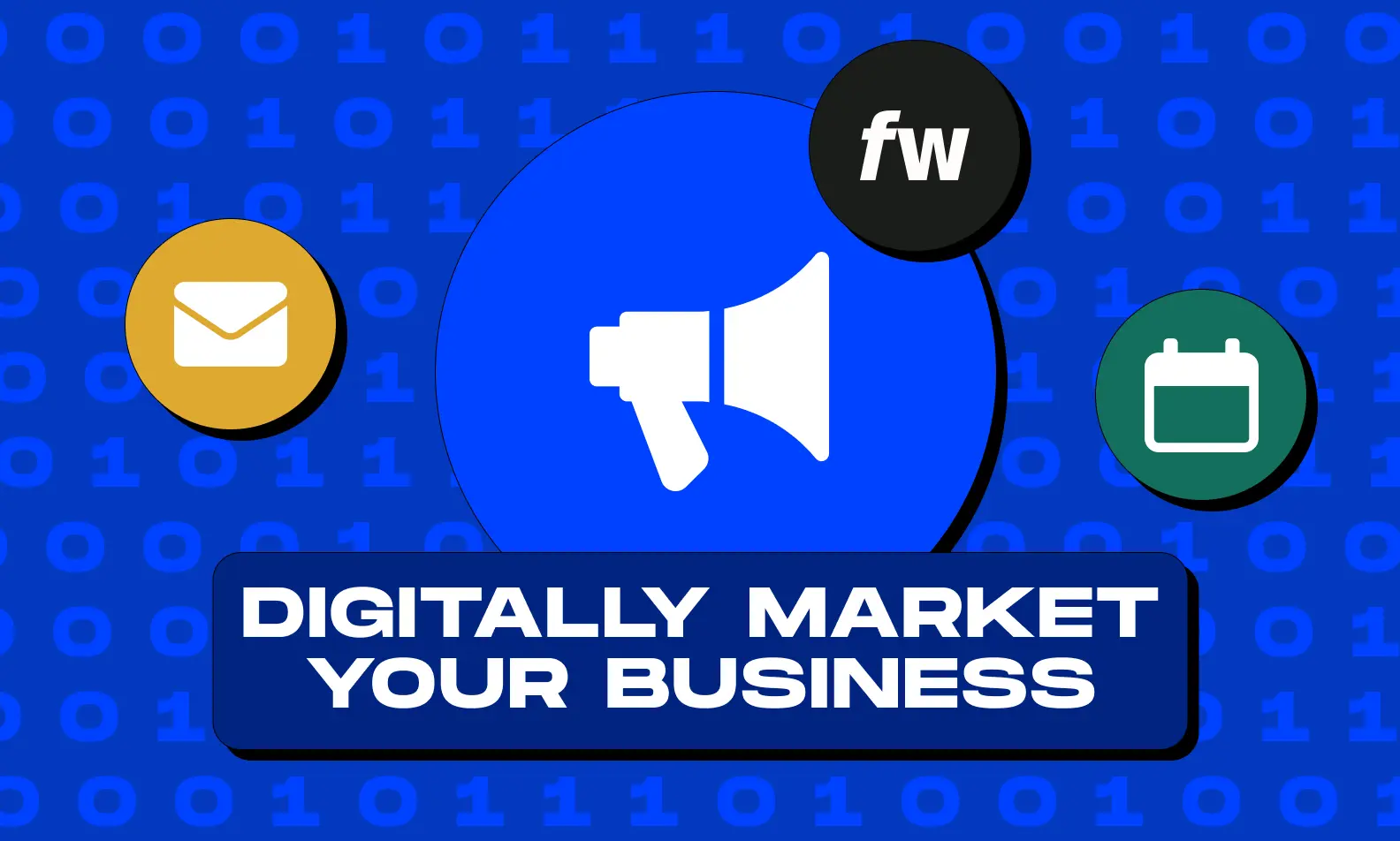
In today's digital-first environment, content creators must embrace the power of digital marketing to stand out, grow their audiences, and turn their passions into profitable ventures.
As global spending on digital marketing is set to surge to $786 billion by 2026, the need for creators to master online marketing strategies has never been clearer.
From building a strong social media presence to crafting engaging content and optimizing for search engines, digital marketing provides creators with the tools to reach new fans, engage existing audiences, and drive meaningful growth.
This guide will delve into essential digital marketing techniques tailored specifically for creators, offering actionable strategies that will amplify your brand, boost engagement, and help you thrive in a competitive online landscape.
What is Digital Marketing?
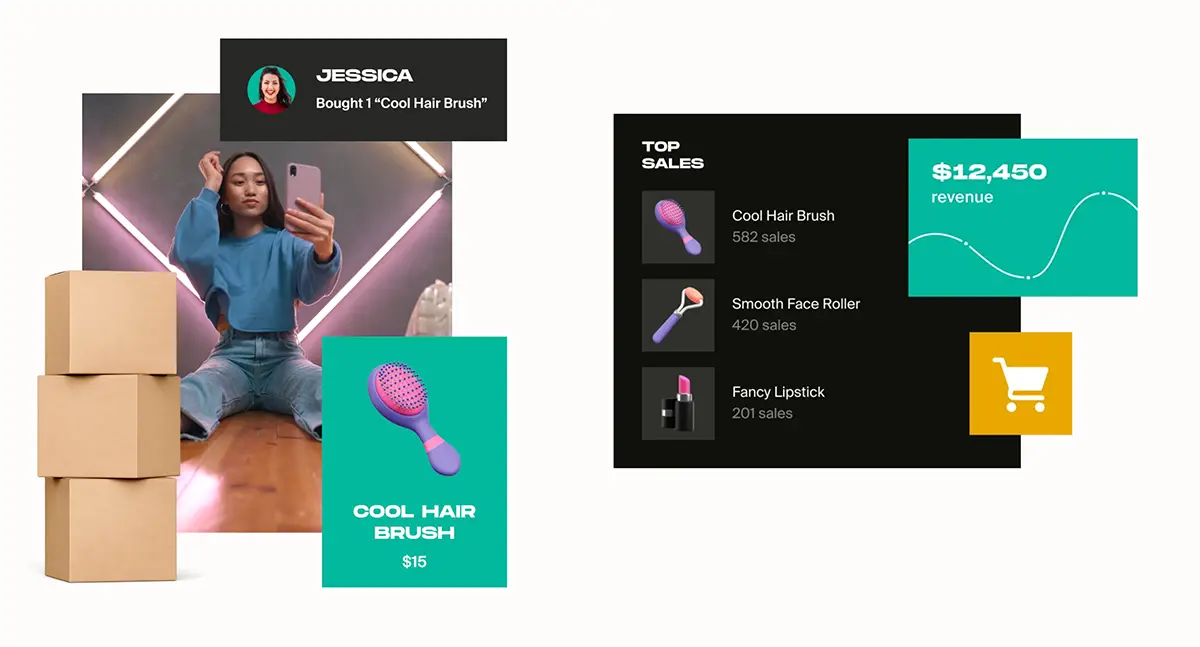
Digital marketing encompasses all marketing strategies that utilize the internet and digital devices to connect with audiences, promote products, and build brand awareness. This comprehensive approach includes channels like search engines, social media platforms, email, and websites, enabling creators and businesses to engage consumers through multiple touchpoints. Each of these channels provides unique ways for both creators and businesses to capture attention, build relationships, and drive sales.
The Importance of Digital Marketing for Content Creators
For content creators, digital marketing is essential for building a strong brand, expanding audience reach, and maximizing visibility in a highly competitive online space.
Unlike traditional marketing methods, which can be costly and limited in reach, digital marketing enables creators to target their audiences precisely through tailored messages on platforms where their fans already spend time.
Additionally, driving traffic to an online store becomes a seamless part of the strategy, turning followers into customers and creating new revenue streams. By reaching customers based on demographics, interests, and online behaviors, creators can deliver highly relevant content that encourages purchases, fosters brand loyalty, and enhances the customer experience.
With effective digital marketing, creators not only boost their brand credibility but also strengthen fan relationships and increase sales, ensuring long-term growth and success.
Examples of Digital Marketing in Action
Digital marketing strategies can transform content into highly effective promotional tools. Influencer marketing is one of the most powerful strategies, where creators collaborate with brands to introduce products to their followers in an authentic and relatable way.
This works especially well when influencers have credibility in specific niches, like fashion, beauty, or gaming.
Take beauty influencer Huda Kattan for example. Kattan is known for creating in-depth skincare routine videos that showcase newly released products, providing her followers with a step-by-step guide on using the products effectively.
Kattan could begin the video by sharing her personal skin concerns and goals, establishing a relatable connection with her audience. As she applies each product, Kattan describes its benefits, ingredients, and unique qualities, explaining why it’s suited to certain skin types or needs, like hydration, acne prevention, or anti-aging.
To make the showcase more engaging, the influencer might share tips on how to layer the products, the ideal time to use each one (morning or night), and the immediate effects they’re experiencing, such as improved skin texture or a glowing complexion.
By emphasizing her results, Kattan establishes trust with an audience who may relate to similar skin needs and appreciate the honest, hands-on review. These videos not only educate her audience on how to use the products effectively but also create a sense of authenticity, making the products feel accessible and desirable to potential customers.
In addition to creating a social media strategy, utilizing email marketing can allow creators to reach out to their audiences with tailored content. Personalized recommendations, exclusive offers, and updates help keep audiences engaged and foster deeper brand connections.
SEO strategies are also key, as they improve visibility on search engines, making content easier to discover organically. By implementing a mix of these strategies, content creators can connect more effectively with their audiences, driving brand growth and lasting loyalty.
4 Key Components of a Successful Digital Marketing Strategy
To ensure success in your digital marketing endeavors, consider these four key elements:
1. SMART Goals
Establishing SMART (specific, measurable, achievable, relevant, and time-bound) goals gives your digital marketing strategy direction and purpose. Instead of vague ambitions like “increase followers,” a SMART goal would be “grow Instagram followers by 15% over the next three months.”
This clarity helps creators focus on what truly drives growth, such as producing content tailored to follower interests or optimizing posting times.
SMART goals serve as benchmarks for evaluating progress, keeping campaigns aligned with larger business objectives and ensuring each marketing effort contributes to tangible results.
2. Target Audience Research
Knowing your audience is critical for tailoring content that resonates. Effective digital marketing requires more than just creating content; it’s about crafting messages that speak directly to the interests, challenges, and preferences of your audience.
This area involves in-depth research into demographics, behaviors, interests, and pain points to develop a profile that informs every aspect of your strategy.
With tools like social media analytics, surveys, and feedback, creators can refine their understanding of what drives engagement and loyalty, allowing them to deliver more relevant and impactful content.
3. Content Creation
High-quality, consistent content is the core of any successful digital marketing strategy. To engage your audience effectively, focus on producing valuable, educational, or entertaining content that aligns with their needs and interests.
Content marketing strategies, such as blog posts, videos, infographics, and social media posts, provide opportunities to connect with your audience on a deeper level, building trust and establishing authority in your niche.
Furthermore, consistency in posting ensures ongoing engagement, reminding your audience that you are actively contributing value and fostering loyalty to your brand.
4. Analytics and Data-Driven Adjustments
Monitoring your progress through analytics is essential for refining and improving your strategy. Tools like Google Analytics, social media insights, and SEO tracking software provide valuable data on what’s working and what isn’t.
By analyzing engagement rates, conversion metrics, and audience behavior, you gain insights into which content resonates most and where adjustments are needed.
Data-driven decision-making allows you to optimize your efforts continuously, refining targeting, adjusting content types, and enhancing strategies to maximize reach and impact.
Optimizing Your Website for SEO

To enhance your online presence, follow these essential steps for optimizing your website for SEO success:
- On-Page SEO: Focus on optimizing meta descriptions, alt texts, headings, and URL structures to make each page of your website search-friendly. By including relevant keywords strategically in your content and tags, you help search engines better understand the focus of each page, improving the likelihood that your content will rank higher in search results for those terms. Clear, organized formatting also enhances user experience, which can further boost your SEO performance.
- Keyword Research: Conduct in-depth keyword research to identify the terms and phrases most relevant to your audience. Using tools like Google Keyword Planner or SEMrush, pinpoint high-impact keywords based on factors such as search volume and competition. Incorporating these keywords naturally into your content aligns your site with what your audience is searching for, helping drive qualified traffic to your pages and improving your visibility in search engines.
- Backlinks and Off-Page SEO: Strengthen your site’s domain authority by acquiring high-quality backlinks from reputable websites. These backlinks act as “votes of confidence” in your site, signaling to search engines that your content is valuable and credible. Engaging in guest posting, partnerships, and industry directories are great ways to build these links, which drive traffic and improve your search engine rankings over time.
Leveraging Social Media Marketing
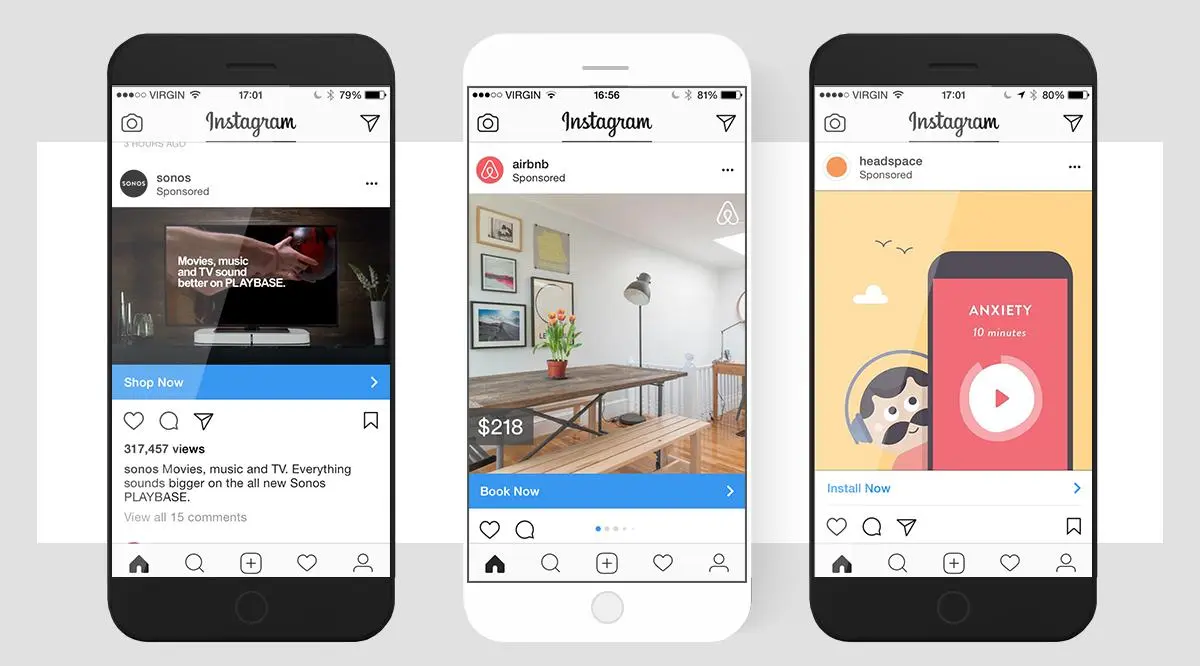
Social media marketing is essential for engaging with your audience and driving brand growth. Here are four strategies to optimize your approach:
- Choosing the Right Platforms: Select social media platforms such as Instagram, Facebook, Twitter, or LinkedIn based on your audience’s demographics and your industry’s nature. For instance, visually-driven platforms like Instagram and Etsy work well for beauty and lifestyle brands, while LinkedIn is ideal for B2B and professional services. By focusing on the platforms most aligned with your target audience, your advertising efforts will be more effective, reaching users most likely to engage with your content.
- Creating Engaging Content: Create content that captivates your audience, such as interactive polls, behind-the-scenes glimpses, and user-generated content that aligns with their interests. Engaging content not only drives likes and shares but also increases the visibility of your posts through algorithms that prioritize interactive posts. Thoughtful content also supports your advertising goals by building trust and keeping your audience connected to your brand, which ultimately drives organic engagement.
- Running Paid Ads: Leverage paid social ads to reach new and existing audiences by using advanced targeting options, A/B testing, and budget optimization. Social media platforms allow for precise targeting based on age, interests, and behaviors, helping you reach the right people with each campaign. Consistently test ad formats, messaging, and visuals to determine what resonates most with your audience, maximizing the return on your advertising investment.
- Building Community Engagement: Engage directly with your audience by responding to comments, answering questions, and hosting live sessions to foster a sense of community. Creating a two-way conversation helps humanize your brand and build loyalty, as followers feel valued and connected. Community-building strategies strengthen relationships and promote organic advertising through word-of-mouth, as engaged followers are more likely to share and recommend your content.
Creating High-Value Content for Your Audience

Creating content that provides value to your audience is essential for digital marketing success. Here are three impactful types of content to boost engagement and conversions:
Blogging
Write informative, SEO-optimized blog posts that address common questions, challenges, or interests within your niche, establishing your brand as a go-to resource. For example, a fitness brand might publish a blog post titled “10 Effective Home Workouts for Busy Professionals,” providing actionable insights for readers who value convenient fitness solutions. Blogging not only drives organic traffic through relevant keywords but also builds trust as your audience finds solutions tailored to their needs on your site.
Video Marketing
Share engaging video content on platforms like YouTube, TikTok, and Instagram to capture attention, build rapport, and drive traffic to your brand. A travel influencer, for instance, could create a “Top 5 Travel Hacks for Budget-Friendly Adventures” video to offer quick, useful tips that viewers are likely to save, share, or comment on. Videos are highly shareable, increase time spent on pages, and cater to a growing audience that prefers visual content, making it an effective format for audience engagement and brand visibility.
Infographics and Visual Content
Produce eye-catching infographics to convey complex data or step-by-step guides in an easy-to-digest, shareable format. For instance, a digital marketing agency might create an infographic titled “The Ultimate Checklist for Social Media Success,” visually breaking down steps to help businesses improve their social media presence. Visual content is often shared across platforms like Pinterest and LinkedIn, increasing your reach and brand recognition while helping your audience quickly grasp key concepts or insights.
Using Email Marketing to Build Customer Loyalty
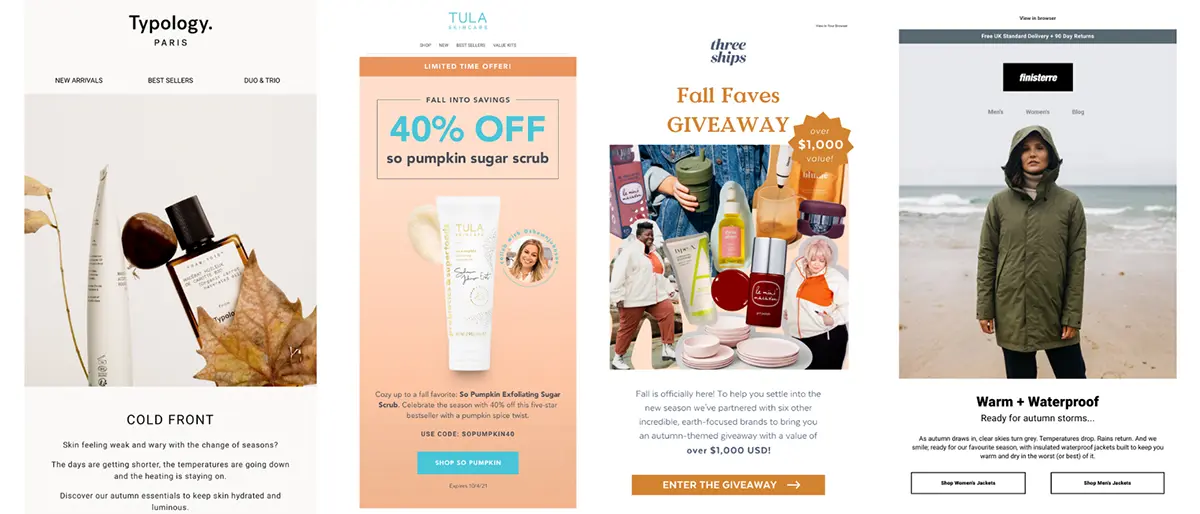
Email marketing remains one of the most effective ways to nurture leads and build customer loyalty. Here are four strategies to consider:
- Building an Email List: Use opt-in forms on your website, lead magnets like free resources, and gated content to encourage users to subscribe, capturing their contact details for future marketing. Growing a quality email list ensures you’re reaching people genuinely interested in your content or products, providing a solid foundation for long-term engagement.
- Crafting Effective Email Campaigns: Design email campaigns that focus on clear, compelling messages, starting with attention-grabbing subject lines and engaging content. Effective campaigns use clear calls to action that guide recipients toward desired actions, such as visiting your site, viewing a new product, or joining an upcoming event.
- Email Segmentation: Divide your email list based on factors like past purchases, engagement levels, or specific interests to send more relevant, targeted messages. Segmentation increases the likelihood of higher engagement and conversions by tailoring content to the unique needs and preferences of different audience segments.
- Automation and Follow-Up Emails: Use automation tools to send follow-up sequences, such as welcome emails, abandoned cart reminders, or re-engagement emails, to keep leads nurtured and engaged. Automated emails help maintain consistent communication, allowing you to build stronger relationships over time without overwhelming your audience or your resources.
Measuring and Analyzing Your Digital Marketing Efforts
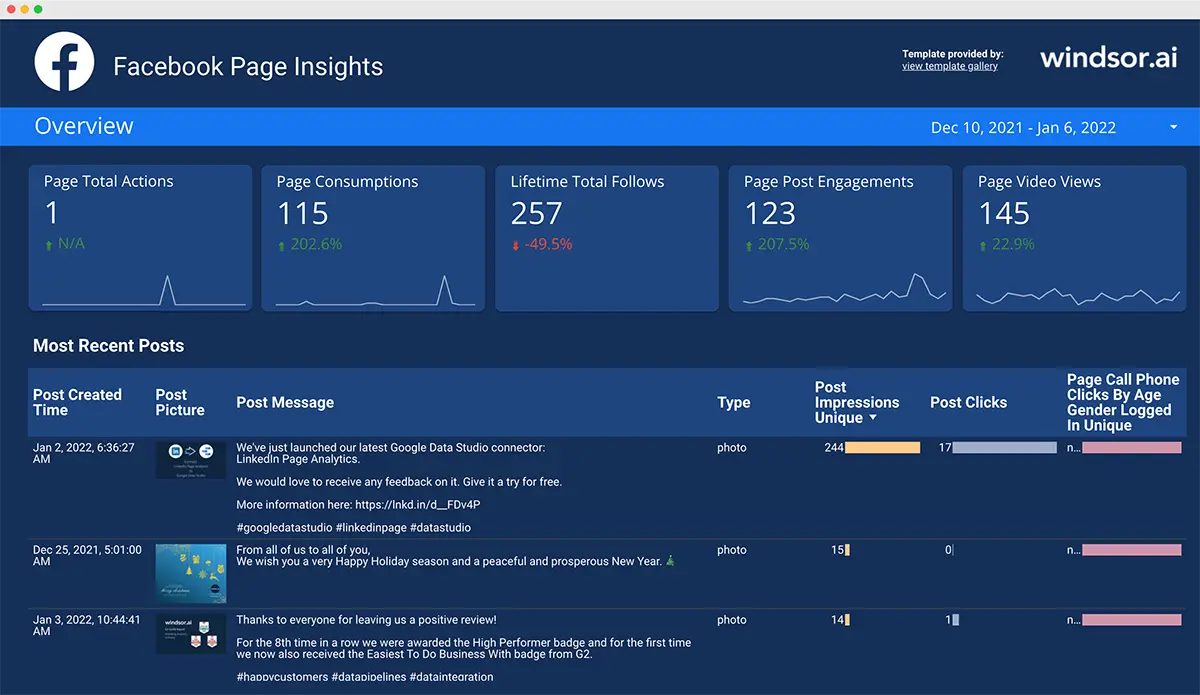
Tracking your performance is crucial. Here are three key metrics to focus on:
- Tracking Traffic and Engagement: Monitor website traffic, including the number of visitors, page views, and session durations, to assess how effectively your campaigns drive interest and keep users engaged. Engagement metrics like bounce rate, time spent on pages, and social interactions give insight into how your audience interacts with your content, highlighting what resonates and what might need improvement.
- Conversion Rate Optimization: Keep a close eye on conversion rates to understand how well your website or landing pages turn visitors into customers, subscribers, or leads. By analyzing conversion patterns and testing elements such as calls-to-action, page layout, or content offers, you can optimize these rates, increasing the return on your marketing investment.
- Using Analytics Tools: Use analytics platforms like Google Analytics, Facebook Insights, and email marketing tools to track key performance indicators (KPIs) and gain actionable insights. These tools provide detailed data on user demographics, behavior, and campaign performance, helping you make data-driven decisions that enhance your marketing strategies and align them with your audience’s needs.
4 Tips for Maximizing Your Digital Marketing ROI
Boosting your digital marketing return on investment (ROI) is essential for efficient and impactful campaigns. Here are four actionable tips to get the most from your efforts:
Tip 1: Leverage Social Proof
Social proof, such as customer reviews, testimonials, and case studies, builds trust and validates your product or service in the eyes of potential customers. Incorporating these elements in your marketing materials—especially in influencer campaigns—can enhance credibility and make your offerings feel more relatable.
Highlight testimonials and real-life success stories in your ads, social media posts, and landing pages to encourage engagement. Influencers with authentic connections to their audiences can further strengthen social proof by showcasing your product in use, often leading to higher conversions as their followers view them as trusted sources.
Tip 2: Bundle Content and Offers
Bundling products or services and offering them as limited-time deals creates a sense of urgency that encourages customers to act quickly. These bundles can be content-based, such as packaged resources or exclusive digital content, or product-focused, where complementary items are grouped at a discount.
Limited-time offers also play into the psychology of scarcity, giving audiences a reason to buy now rather than later. Promotional messaging that emphasizes exclusivity and savings can boost conversions and maximize your ROI by driving immediate sales and adding perceived value to the customer experience.
Tip 3: Optimize for Mobile Users
With an ever-growing number of users accessing content on mobile devices, optimizing for mobile is critical for digital marketing success. Ensure that your website, email templates, and content are fully responsive and accessible on all device types. Test page loading speeds, font sizes, image quality, and layout to ensure a seamless mobile experience.
Given that mobile optimization affects SEO rankings, a mobile-friendly website not only captures more users but also improves visibility on search engines. Optimizing for mobile helps capture more conversions by making it easy for mobile users to engage, click through, and complete purchases without frustration.
Tip 4: A/B Testing
A/B testing allows you to test multiple variations of ads, emails, or landing pages to identify which version performs best with your audience. By testing elements such as headlines, images, call-to-action buttons, and color schemes, you gain insights into what resonates most with your audience.
Begin by testing one change at a time for clarity on each element's impact, then refine based on results. Regular A/B testing ensures you continuously optimize your campaigns, leading to more targeted, effective strategies and higher ROI by investing only in tactics proven to perform well with your audience.
Maximize Your Digital Marketing with Fourthwall!

Ready to take your digital marketing to the next level?
Fourthwall is an all-in-one platform crafted to empower creators and businesses by simplifying and amplifying their online marketing strategies.
With Fourthwall, seamlessly integrate your online storefront into your marketing efforts, gaining valuable insights into customer behavior that help you tailor your approach for maximum impact.
Engage your audience more effectively with features like customizable email marketing tools, targeted product recommendations, and in-depth analytics, allowing you to connect with customers on a deeper level and boost sales.
Unlock the full potential of your digital marketing strategy and grow your brand with ease—sign up with Fourthwall today!
Frequently Asked Questions
How Long Does It Take to See Results from Digital Marketing?
The timeframe for seeing results from digital marketing depends largely on the strategies you use and the competitiveness of your industry.
SEO efforts, such as optimizing for search engine rankings and building backlinks, typically take several months to show significant impact as search engines gradually recognize and reward optimized content.
In contrast, paid advertising, like PPC (pay-per-click) ads or social media campaigns, can generate visible returns within days or weeks by directly reaching targeted audiences and driving immediate traffic or conversions.
For many brands, a combination of quick wins from paid ads and longer-term strategies like SEO creates a balanced approach that builds momentum and sustainable growth over time.
How Much Should I Budget for Digital Marketing?
The budget for digital marketing varies widely depending on your business size, goals, and target audience.
For small businesses, starting with a few hundred dollars per month can be enough to cover essentials like social media ads or basic SEO. As businesses grow, they may allocate a larger budget—ranging from a few thousand to tens of thousands per month—to support multi-channel campaigns, influencer partnerships, content creation, and advanced analytics.
Larger companies often invest heavily in digital marketing to maintain a strong online presence and compete effectively, with budgets reaching significant figures to support comprehensive, data-driven campaigns across various channels.
Setting a budget that aligns with your business goals, audience reach, and the anticipated return on investment is crucial for maximizing your digital marketing impact.
What Digital Marketing Strategy is Best for My Business?
Choosing the best digital marketing strategy for your business requires a tailored approach based on your industry, goals, and audience.
For example, an e-commerce brand may find success with social media marketing and paid ads that drive traffic directly to product pages, while a B2B company might prioritize content marketing and LinkedIn advertising to build authority and reach professional audiences.
Understanding your audience’s preferences, such as where they spend time online and how they prefer to engage, is key to selecting channels and tactics that resonate.
Additionally, consider your resources—both budget and time—so you can focus on strategies that offer the highest ROI while scaling efforts sustainably.

